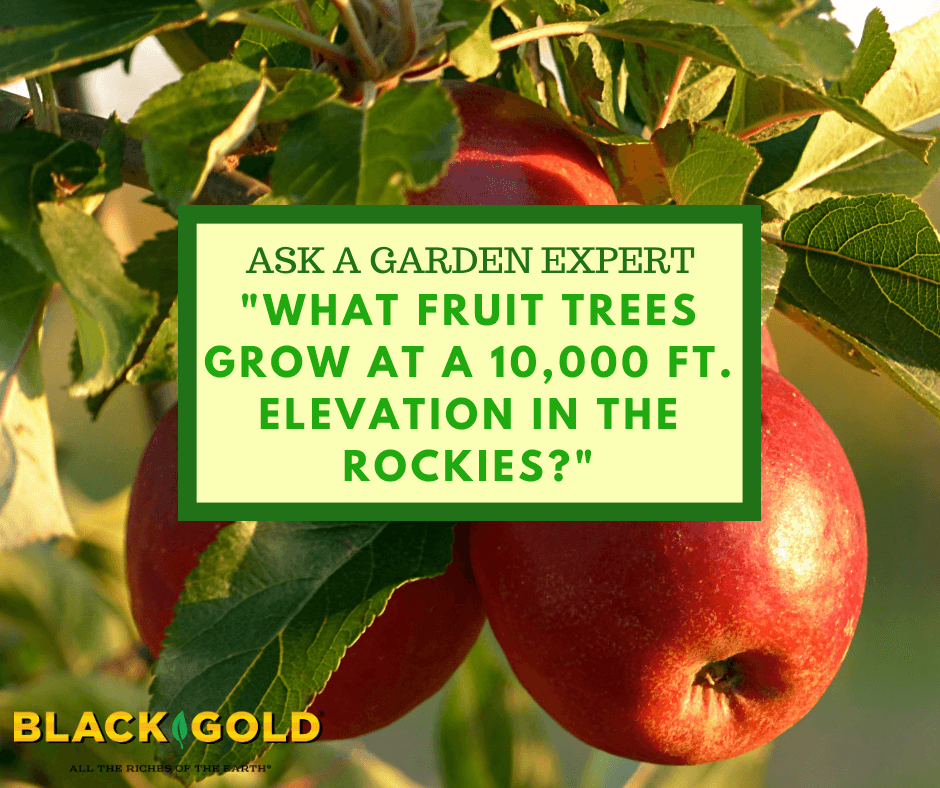
“Is it possible to grow fruit trees at 10,000 ft. in elevation (Rocky Mountains)” Question from Wolf of Westcliffe, Colorado
Answer: Fruit trees able to produce at high altitudes must be able to tolerate cooler, shorter growing seasons and cold winters. There are several very early fruit-bearing trees able to tough it out. Ideally, trees should also be late to flower, for spring pollination and fruit set. The University of Minnesota breeds many fruits, particularly apples, that survive under these conditions (click here to learn more). Here are a handful for you to consider.
Fruit Trees for High Elevations
Apple ‘Centennial Crabapple’ (Zone 3): a tasty crabapple good for eating fresh or making sauce that ripens in late August.
Apple ‘State Fair’ (Zone 4): a tart, sweet eating apple that ripens in August.
Apple ‘Lodi’ (Zone 3): cooking apple for pies and sauce that bears in August.
Pear ‘Summercrisp’ (Zone 4): crisp, sweet pears are produced in August.
When buying a hardy fruit tree, ask about rootstock. Some rootstocks impart more hardiness than others.
Rocky Mountain Native Fruits for High Elevations
Sometimes it pays to go native. Many native fruits naturally exist at your elevation, including bright red wax currants (Ribes cereum), which have delicious, tart red berries, serviceberry (Amelanchier alnifolia), boulder raspberry (Rubus deliciosus) and red elderberry (Sambucus racemosa). You might be able to find these in regional, specialty nurseries that sell natives. (Click here for a list of Colorado native plant sellers.)
Happy mountain fruit growing!
Jessie Keith
Black Gold Horticulturist

